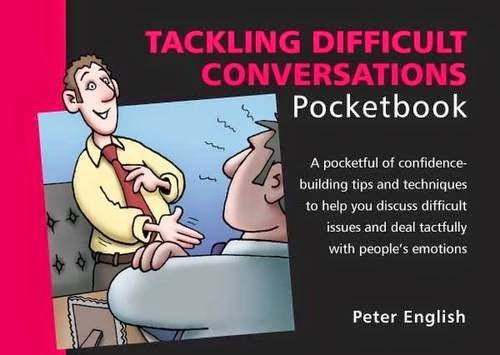The problem is, inspiration can be short-lived. Within a few days my resolve starts to ebb, particularly when I'm confronted by the low-level challenges that we all face on a regular basis.
Here are three tips on how to remain positive in the face of setbacks. Each of them is supported by carefully-conducted research studies.
1. Give Yourself The Right Type of Praise
Research conducted in the USA into people's mindsets has established that we will be more likely to stay positive, and bounce back from setbacks if we adopt a Growth Mindset rather than a Fixed Mindset.
Growth
Mindset
|
Fixed
Mindset
|
I’ll
find a way
|
I’m
great at this
|
I
can learn to do this better
|
I
know I will succeed
|
I
can try different approaches
|
I
am an achiever
|
Giving ourselves encouraging 'Growth Mindset' praise makes us more likely to persevere with a difficult challenge.
2. Write Stuff Down
There is now a lot of evidence indicating that writing things down can reinforce our positive intentions and help us be more resilient during stressful times. In particular, it's worth setting aside 5 minutes each day to set down in writing:5 things you are grateful for. Two psychologists, Robert Emmons and Michael McCullough, demonstrated that people are signficantly happier and more optimistic about the future if they take a few moments to write down 5 things that they are grateful for in their lives.
3 benefits of setbacks. A study at the University of Miami found that, following a setback, students were able to feel more positive and move forward from the disappointment if they identified and wrote down 3 benefits of the setback.
Why you love your friend. Researchers at Arizona University demonstrated that 'affectionate writing' - spending a few minutes writing a paragraph setting out what you appreciate about one of your friends or loved-ones can help you to achieve a marked reduction in stress levels.
3. Adopt a Virtual Kitten
I used to be an avid consumer of news. I'd wake up to the Today Programme on Radio 4, and check the BBC news website every few hours.Then I realised that I was subjecting myself to a regular diet of doom (the news was rarely good) and that this was getting me down. Doing some research into the effects of internet browsing I came across a study which demonstrated that spending some time looking at an image or video which makes us smile can be a significant mood-booster.
REFERENCES
Expectation, Fantasy, And Weight Loss: Is The Impact Of Positive Thinking
Always Positive? Cognitive Therapy and
Research, April 1991, Volume 15, Issue 2, pp 167-175
Deborah L. Wells. The Effect Of Videotapes Of
Animals On Cardiovascular Responses To Stress. Stress and
Health, Volume 21, Issue 3, pages 209–213, August 2005
Emmons RA, McCullough ME. Counting
Blessings Versus Burdens: An Experimental Investigation Of Gratitude And
Subjective Well-Being In Daily Life. J Pers Soc
Psychol. 2003 Feb;84(2):377-89
Kory Floyd, Alan C. Mikkelson, Colin Hesse, Perry M. Pauley. Affectionate Writing Reduces Total Cholesterol: Two Randomized,
Controlled Trials. Journal: Human Communication Research, vol. 33, no. 2, pp. 119-142, 2007
Dweck, C. S. The Perils and Promises of Praise. Educational Leadership, 65(2), 34–39. 2007





